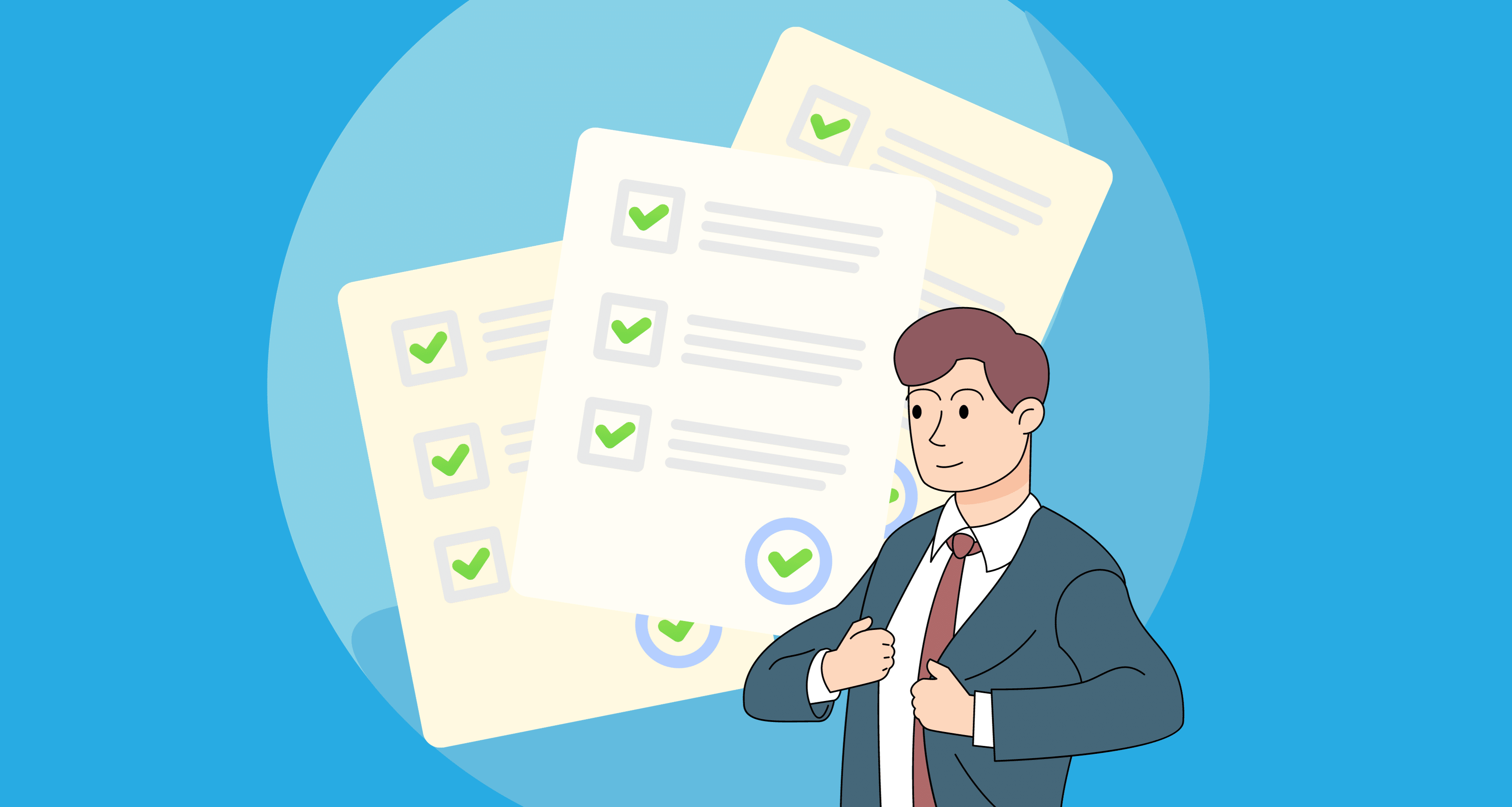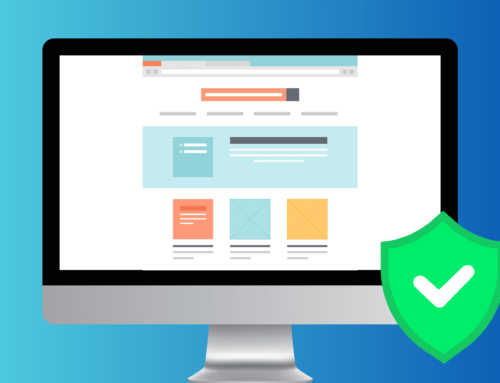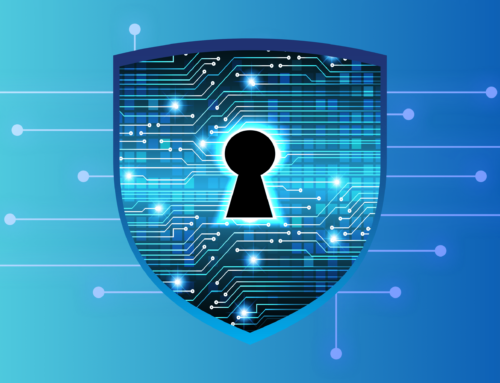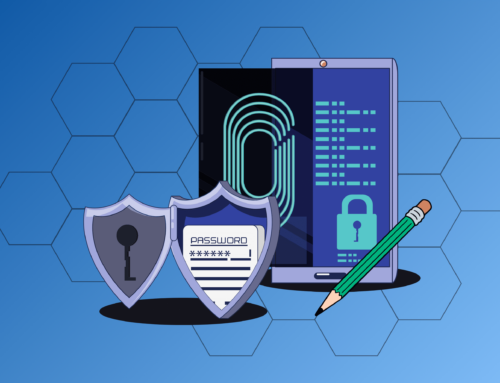As cybersecurity becomes increasingly complex, ensuring you keep your data safe is equally complex. One of the most highly targeted industries for cyberattacks is healthcare, and knowledgeable healthcare businesses often ask their vendors whether or not they are SOC 2 compliant. Your first step to SOC 2 compliance is completing a SOC 2 readiness assessment.
What is a SOC 2 Gap Assessment?
When determining whether or not you’re SOC 2 ready, you’re essentially looking for gaps in your security practices. “Gaps” are vulnerabilities that could be potentially exploited by threat actors trying to steal sensitive data.
Your SOC 2 gap assessment should look at several areas to ensure security practices are adequately addressed.
1. Control Environment
Begin with an assessment of your organization’s control environment, focusing on factors like management’s commitment to security, risk assessment processes, and communication of security roles and responsibilities.
2. Information Security Policies
Review and update your information security policies to ensure they align with SOC 2 requirements. This includes policies on data protection, access control, and incident response.
3. Asset Management
Identify all your assets, including hardware, software, and data, and ensure they are properly inventoried and managed to prevent unauthorized access or loss.
4. Access Control
Evaluate the effectiveness of your access controls, user permissions, and authentication mechanisms to ensure that only authorized personnel can access sensitive data.
5. Change Management
Assess how changes to your IT environment are documented, tested, and approved, ensuring they do not introduce vulnerabilities or disrupt services.
6. Incident Response and Monitoring
Evaluate your incident response plan and monitoring systems, focusing on your ability to detect and respond to security incidents promptly and effectively.
7. Data Protection
Confirm that sensitive data is adequately protected through encryption, masking, or other appropriate measures, both in transit and at rest.
8. Vendor Management
Review your relationships with third-party vendors and assess their security practices, ensuring they meet SOC 2 requirements if they have access to your sensitive data.
9. Physical Security
Ensure that your physical premises, including data centers and offices, are secure and protected against unauthorized access or environmental threats.
10. Availability and Continuity
Assess your business continuity and disaster recovery plans to guarantee that critical services and data can be maintained in the event of disruptions.
11. Compliance with Policies
Verify that your employees and partners adhere to established security policies and guidelines through awareness training and regular compliance checks.
12. Documentation and Records
Ensure all relevant documentation, logs, and records are maintained, demonstrating compliance and providing an audit trail.
13. Security Testing and Vulnerability Management
Regularly test your systems for vulnerabilities and ensure they are addressed promptly to minimize security risks.
14. Privacy and Data Protection
If applicable, address data privacy regulations and practices to safeguard protected health information (or personal information) in accordance with relevant laws, such as HIPAA or CCPA.
15. Reporting and Communication
Establish effective channels for reporting security incidents, communicating risks, and keeping stakeholders informed about security status.
When Should You Complete an Assessment and Why?
Before you undergo your SOC 2 audit process, you should conduct a SOC 2 readiness assessment. You should also assess your SOC 2 status whenever your business environment changes, as new vulnerabilities might require updating your policies, controls, and training.
A SOC 2 readiness assessment is crucial for evaluating your security posture and preparing for potential threats to sensitive information. It also ensures that you uphold any data privacy requirements mandated as part of regulatory compliance.
SOC 2 Readiness Assessment Checklist Essentials
So now that you know what areas to look at, how should you actually go about “assessing” them?
Security Policies & Procedures
Create comprehensive policies and procedures that address each SOC 2 principle outlined in the framework.
These documents should clearly define:
- Roles & Responsibilities
- Security Incident Response Plans
- Backup and Recovery Procedures
- Access Controls
- Encryption Standards
Risk Assessments
Perform a thorough risk assessment to identify potential vulnerabilities and risks associated with the systems within the assessment scope. This will help prioritize control implementation efforts based on their impact on SOC 2 trust principles.
Access Controls
Implement technical and operational controls necessary to meet the identified SOC 2 trust principles.
This may involve deploying:
- Firewalls
- Intrusion Detection Systems (IDS)
- Access Management Tools
- Encryption Technologies
- Monitoring Solutions
- Employee Awareness Programs
Data Privacy
Data privacy is crucial to ensure compliance with several laws, including HIPAA. When assessing whether or not your data privacy measures are adequate, you must look at how your organization collects, stores, transmits, and deletes sensitive information.
Monitoring & Logging
Monitoring access to data and logging activities ensures that only authorized personnel access information. To do so, you must track user activities, monitor system performance, record and address detected anomalies, and investigate potential security breaches.
Incident Response
Having measures to detect and respond to incidents is crucial to compliance. Your incident response plan should have procedures for identifying, analyzing, containing, eradicating, and recovering from incidents.
Vendor Management
Ultimately, your vendor’s vulnerabilities are your vulnerabilities. This is why it’s crucial to ensure that your vendors uphold robust security practices to keep your data secure. A strong vendor management system requires organizations to:
- Conduct Due Diligence Assessments
- Establish Contractual Obligations for Data Protection
- Regularly Monitor Vendor Performance
Employee Training
Your employees are your first line of defense when it comes to protecting data. This is why training employees is such an important part of compliance. Employees should be trained on data protection, privacy regulations, social engineering threats, and best practices for safeguarding information.
Get your SOC 2 readiness assessment checklist here.
Achieving SOC 2 Readiness
Achieving SOC 2 readiness is a significant milestone for organizations aiming to demonstrate their commitment to safeguarding customer data. By following the guidelines and principles outlined in the SOC 2 framework, businesses can enhance their security posture and build customer trust.
Compliancy Group’s healthcare compliance software allows you to meet multiple regulatory requirements at the same time. By using Compliancy Group to address your compliance, redundant tasks are eliminated. Gone are the days of answering the same questions repeatedly – answer the questions once, and it’s applied across all relevant compliance frameworks.








